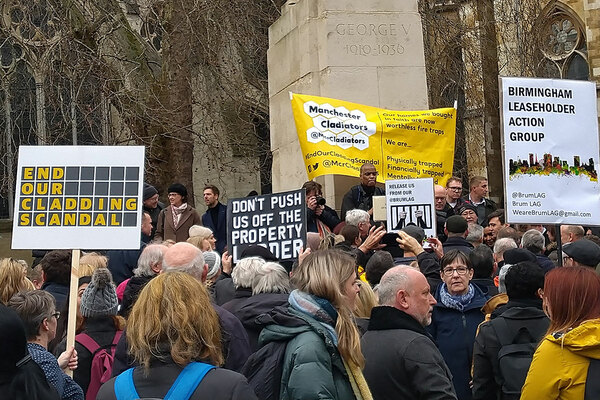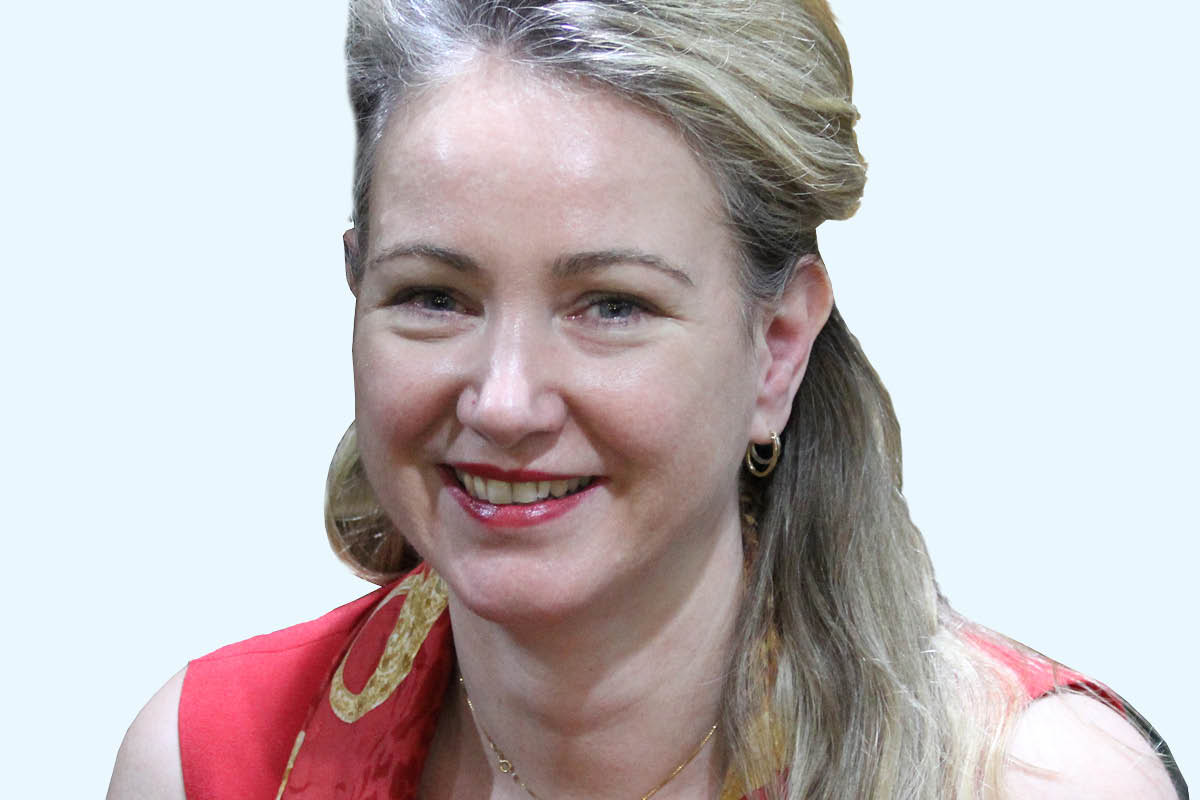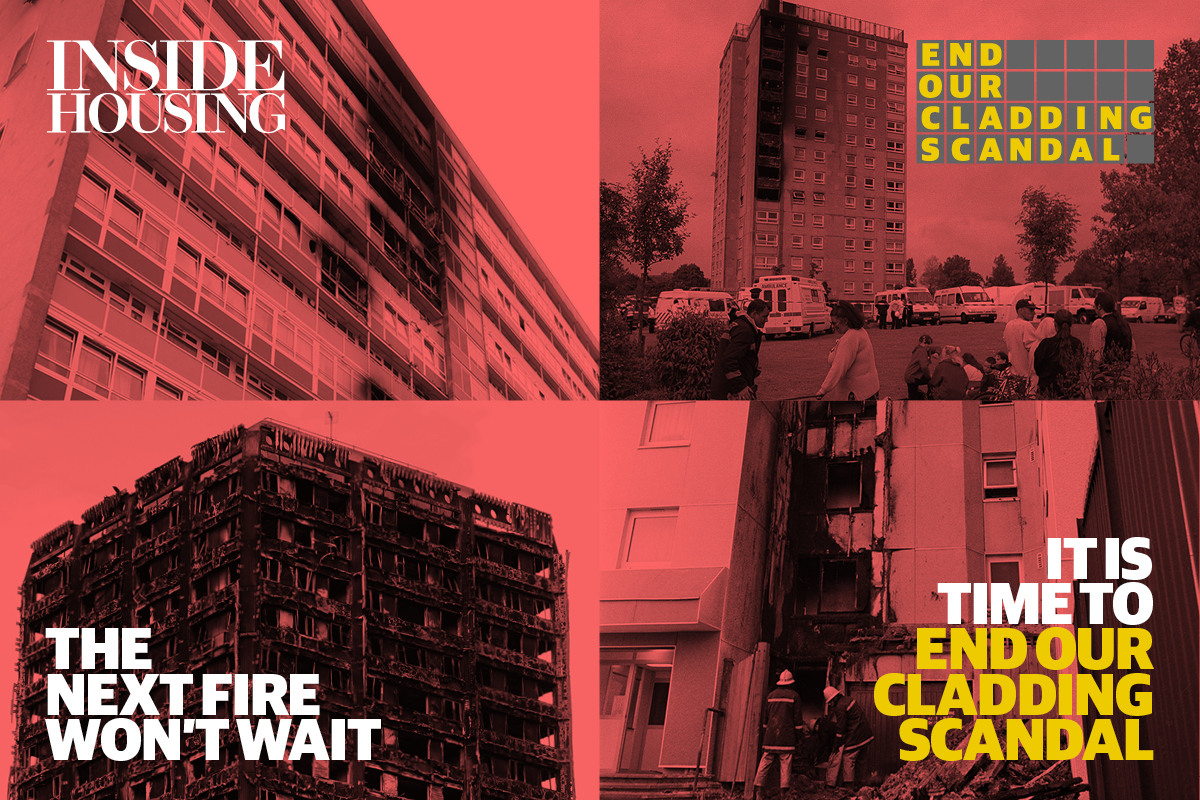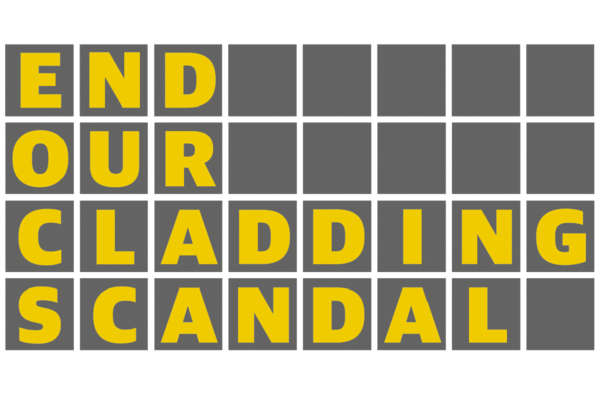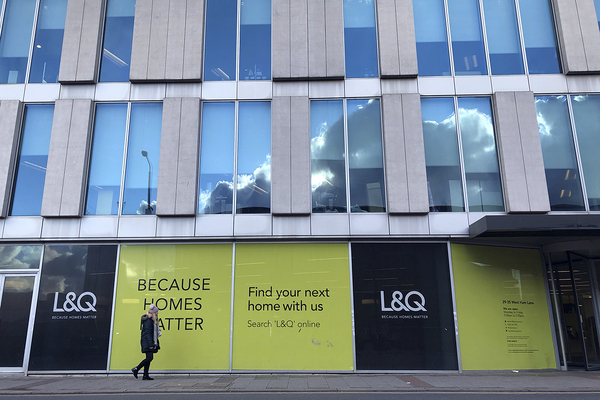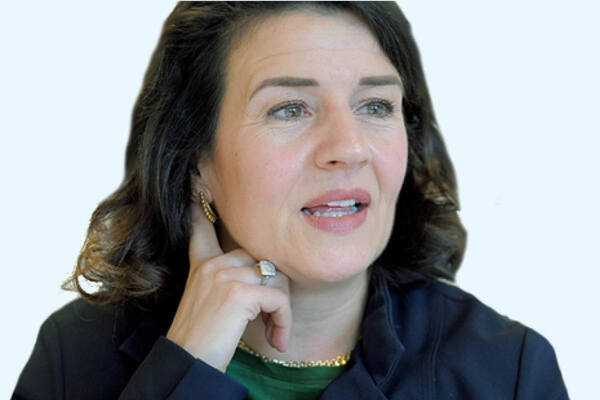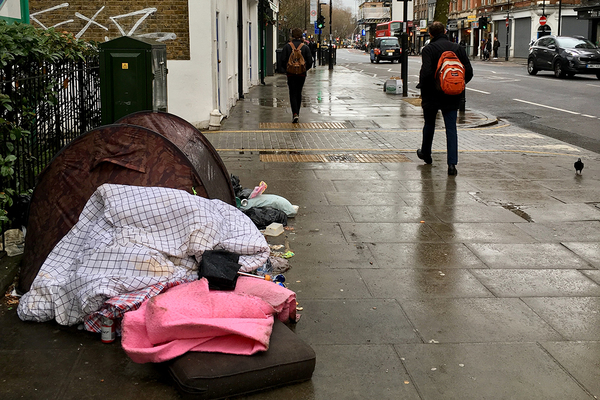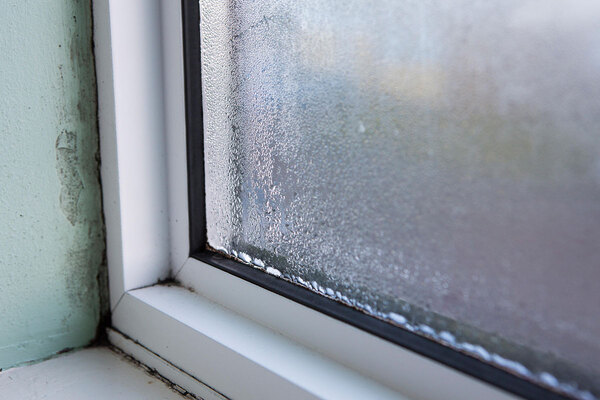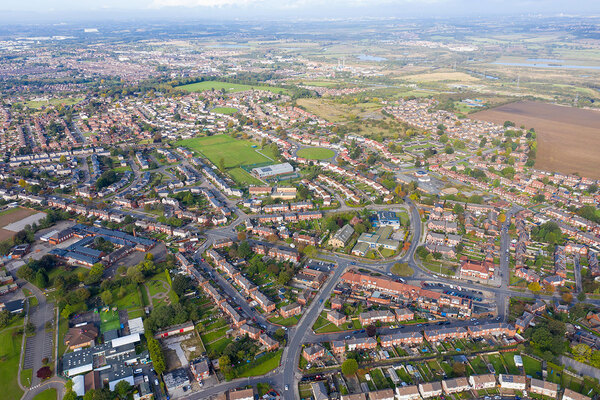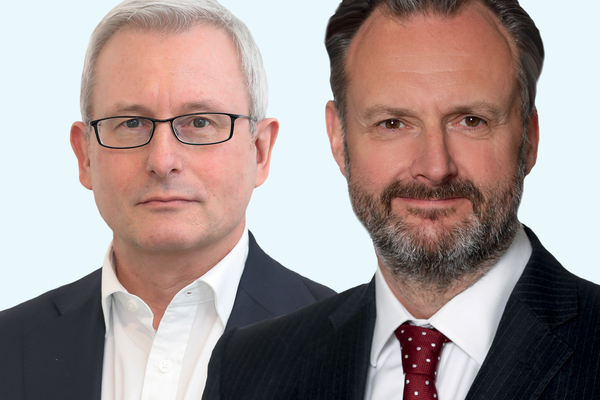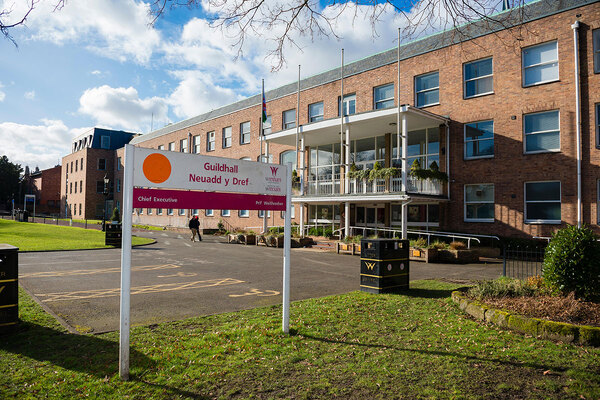You are viewing 1 of your 1 free articles
Building safety minister backs developer levy to help leaseholders facing cladding bills
The minister overseeing the remediation of buildings with dangerous cladding has publicly backed a plan to impose a levy on developers to pay for the work.

Building safety minister Lord Greenhalgh tweeted yesterday that a levy on developers “should be part of the solution” to fund remediation work required on buildings in the wake of the Grenfell tragedy.
He was responding to a report in the Daily Mail that ministers are considering introducing a levy on all high-rise flats, which the paper said could raise £2bn over the next decade.
A key ask of Inside Housing’s End Our Cladding Scandal campaign is that the government provide funding upfront for the replacement of unsafe materials and recover the costs through a temporary levy on development.
Leaseholders are victims + a levy on developers should be part of the solution to fund multi billion pound bill to make their homes safe homes after #Grenfell tragedy.�br />|>via t.co/uOeC3TrmRq t.co/v6wTFrkzVU
— Stephen Greenhalgh #StayHome (@team_greenhalgh)Leaseholders are victims + a levy on developers should be part of the solution to fund multi billion pound bill to make their homes safe homes after #Grenfell tragedy.\uD83D\uDC47
— Stephen Greenhalgh #StayHome (@team_greenhalgh) January 18, 2021
via https://t.co/uOeC3TrmRq https://t.co/v6wTFrkzVU
According to the Mail, the government is considering two annual levies to raise capital for fire safety works.
These include adapting the existing Community Infrastructure Levy and introducing a special ‘gateway levy’ that would apply to new high-rise flats.
A spokesperson for the Ministry of Housing, Communities and Local Government told Inside Housing that the government is “considering a range of options to fund future remediation work” and said these discussions are “ongoing”.
Last year the government introduced a £1bn Building Safety Fund to fund the removal of unsafe cladding from high rise blocks.
This was on top of the £600m it had previously committed to funding the removal of aluminium composite material (ACM) cladding, the specific type used on Grenfell Tower.
However the government has received almost 3,000 applications for the Building Safety Fund, far outstripping its estimate that there are 1,700 towers with high-risk cladding across the country.
Even working with this estimate, ministers predicted that the Building Safety Fund would cover only a third of those buildings.
The total remediation bill for non-ACM high rises is expected by the government to cost between £3bn and £3.5bn.
Among the 10 demands, the End Our Cladding Scandal Campaign, which is run in partnership with affected residents and The Sunday Times, also calls for the Building Safety Fund to be extended to cover all buildings, regardless of height, and a range of internal and external fire safety defects, not just cladding.
End Our Cladding Scandal: campaign aims
- Government provides a fund to cover the cost of cladding removal and remedial works on private blocks
- A firm timescale is set out of no more than two years for the work to be carried out
- Residents are reimbursed for the interim fire safety costs incurred, and funding is to be provided for necessary internal fire safety measures identified by a competent fire risk assessor
Sign up for our daily newsletter
Already have an account? Click here to manage your newsletters

